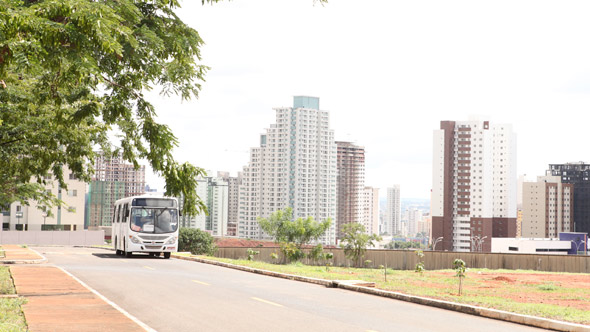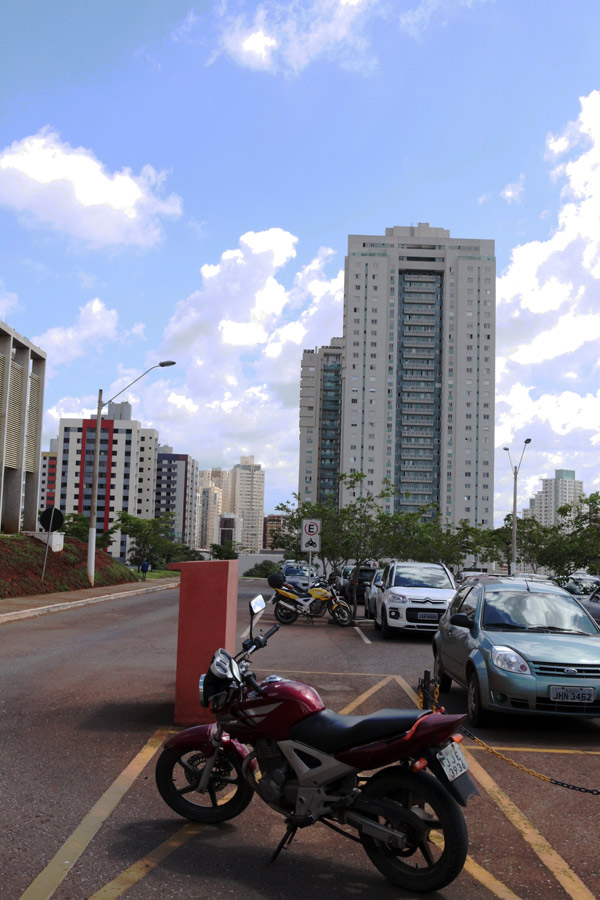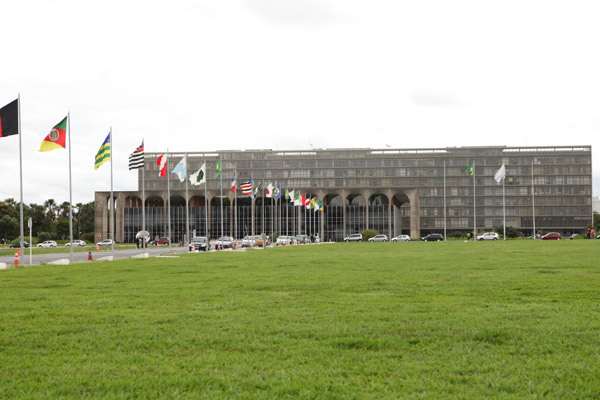Transportation Sector in Brasilia
Brazil Top Stories
Transportation Sector in Brasilia
Transportation in Brasilia raises a variety of problems. Besides the public transportation system of buses, Brasilia also has a metro subway system.

Transportation Sector in Brasilia
Transportation in Brasilia raises a variety of problems. Besides the public transportation system of buses, Brasilia also has a metro subway system. ….
In 1891, the first republican constitution set aside 14,400 square kilometers in the central altiplano (high plain) for a new federal district. Brasilia was a dream about bringing development into the interior of the country. In 1956, new president Juscelino Kubitschek decided to turn the dream into reality. Brasilia was inaugurated in 1960.
The Distrito Federal (Federal District) is the entire area set aside for Brasilia, while the city of Brasilia designed by Niemeyer and Lucio Costa constitute a municipality within the District. Brasilia he city was originally planned for 500,000 people.
Marco Antonio Campanella, CEO of DF TRANS, describes the relation of the municipality of Brasilia within the Federal District:
The Federal District is a unique capital with its own characteristics. For us, there is no other city in Brazil or in the world which would have similar characteristics. Brasília is a city-state; it is not a city or a state on its own. It was built 51 years ago and, thus, it is a very young city built in a horizontal way. Our administrative regions, our neighborhoods are far away from the District Federal center. We already have a population of 2,700,000 people. If we take into consideration the District Federal surrounding area, neighbor cities and states, mainly Goiás and Minas Gerais, we have 4,200,000 people. These people are dependent on the District Federal for the work and other activities (leisure, health services and education services). We have dormitory towns around the Federal District that are dependent on this center. 80% of formal jobs are in this central region. The transport dependency is substantial.”
Transportation in Brasilia
Because of the distance of the satellite town from the Brasilia ’s center, and the lack of adequate public transport, employees use automobiles for commuting. This raises the traffic count substantially above the national average. According to Campanella,
“Our main challenge is to change the public transport situation in order to persuade the car owners to leave their cars parked at home and take a bus, subway or train to get to their work. Otherwise, the traffic in the city would be night-mare as it doesn’t have such capacity to gather for all cars in the district. 1,000,200 cars in the streets – this is not feasible for any city no matter how good its road system is…. We need to reinforce public transport so that the cars will soon become instruments of leisure and not of work.”
David José de Matos, President Director of the Metropolitan Company of the Federal District (FD) agrees with Campanella that “currently the public transport is not good and cheap since it is subsidized largely by the government. So our main focus should now be the management of the public transport. A new management is the key concept. To add to this there is also the fact that the bus sector in Brasilia is run by 3 or 4 entrepreneurs that have exploring in a not so coordinated fashion by the government that even the bus routes are not designed in the most balanced way. As a result we see deficit lines, having to cover for other profitable lines.”
Transportation in Brasilia raises a variety of problems. Besides the public transportation system of buses, Brasilia also has a metro subway system. However, a shortage of metro stations keeps the commuter count per day to fewer than 150,000. This is a low when compared to other cities in the country. According to Matos, “The plan is to grow this to 420 000 within 2-3 years. These investments will be done by the Federal Government in Brasilia in the amount of 700 millions of reals…. Our project involves an interval between trains that can take from 3.5 minutes to 1.5 minutes.”
The subway has joined the transport system of Brasilia in the 1990’s and had a deadline of 5 years to be built. Twenty years have passed and it still hasn’t reached its full potential due to the lack of resources.” Nevertheless, the subway is the backbone, while the bus system complements it.
“The subway has to this day failed to provide the necessary response to the population…. The growth of Brasilia is so phenomenal that the metro originally designed for four carts is falling short due to underestimated numbers back in the 90ties. The Metropolitan Company of the Federal District (FD) is trying to tackle this issue. It is starting to work on a light rail system to make possible the integration of the funicular system rails with the urban transportation.”
Water Shortage
Brazil’s Federal District is located on a high plateau. Initially planned for a population of 500,000, the District has grown to more than 2.4 million when one includes the sixteen satellite villages that have grown up around the municipality of Brasilia. As a result, the region is facing a water shortage. CAESB has been able to reduce daily per capita water consumption from 230 liters per person to about 189 liters in the last ten years. The major project for the future is to use water from Lake Paranoa, which is expected to cost US$350 mn. CAESB is interested in PPPs (public-private partnerships).
World Cup
Brasilia will be host city for the 2014 World Cup, and plans to have the transportation system ready to go, as well as all the other necessities to host the expected crowds.